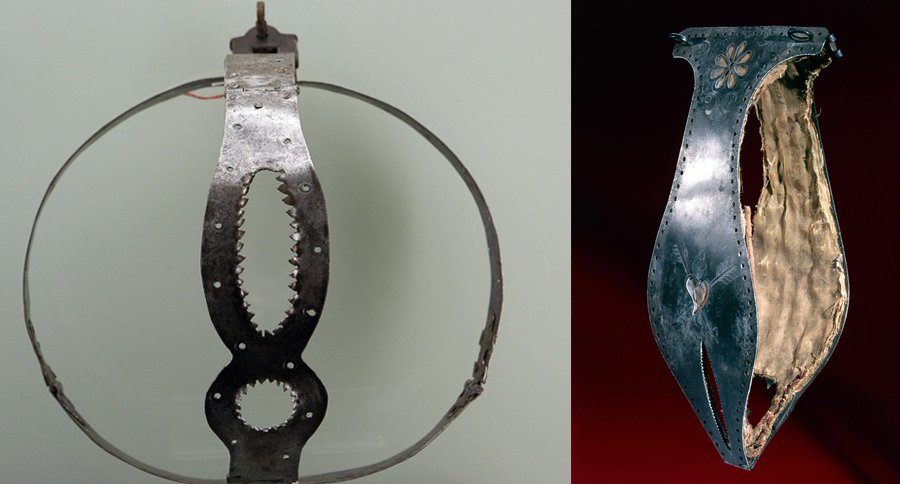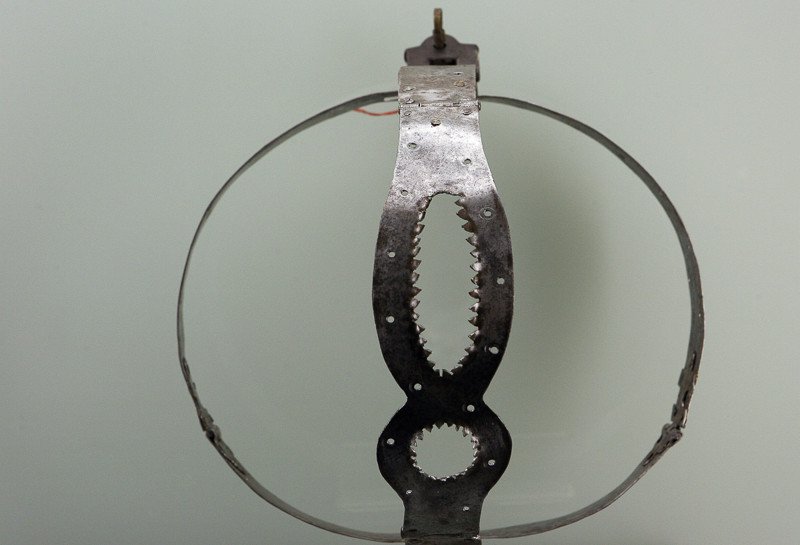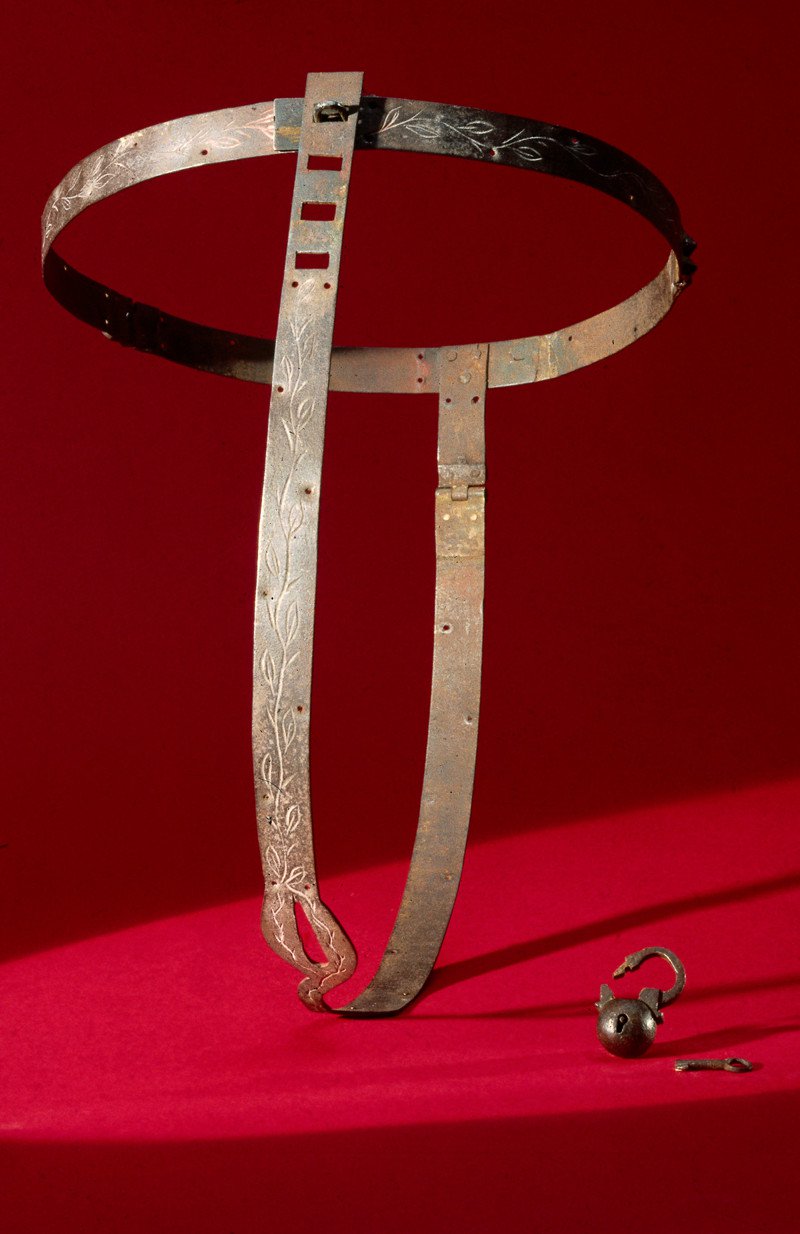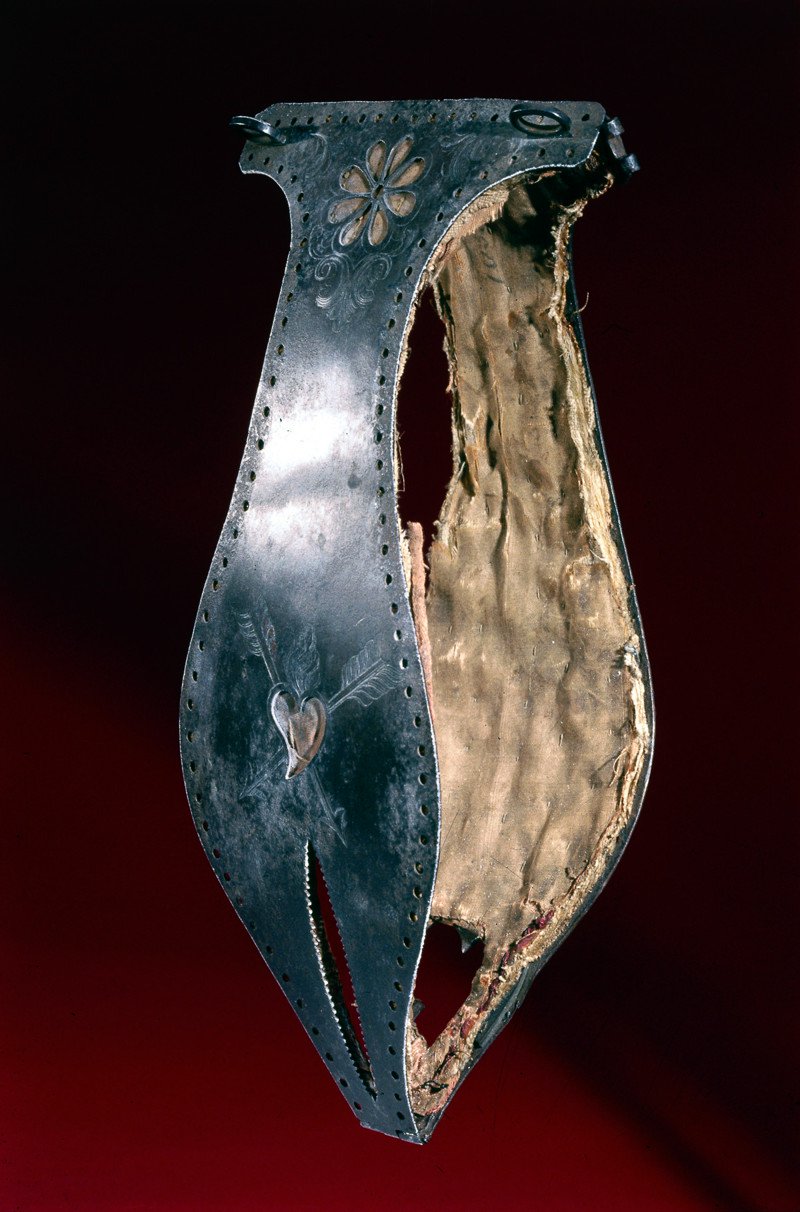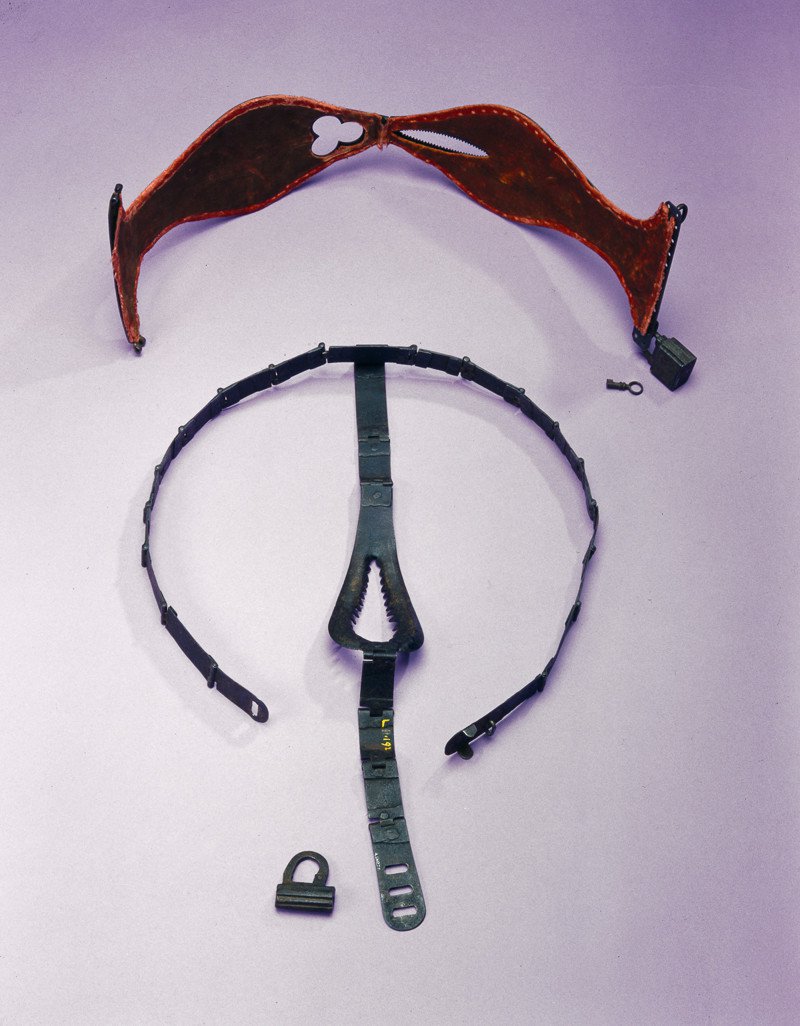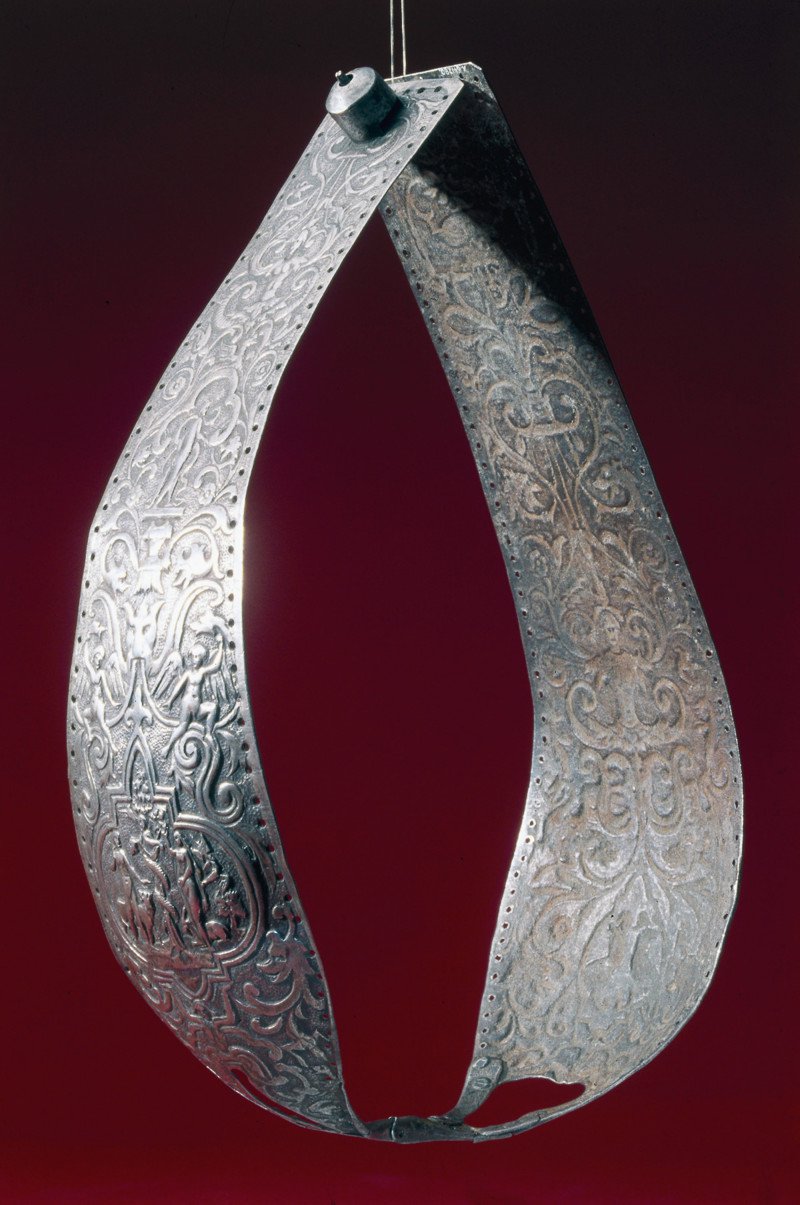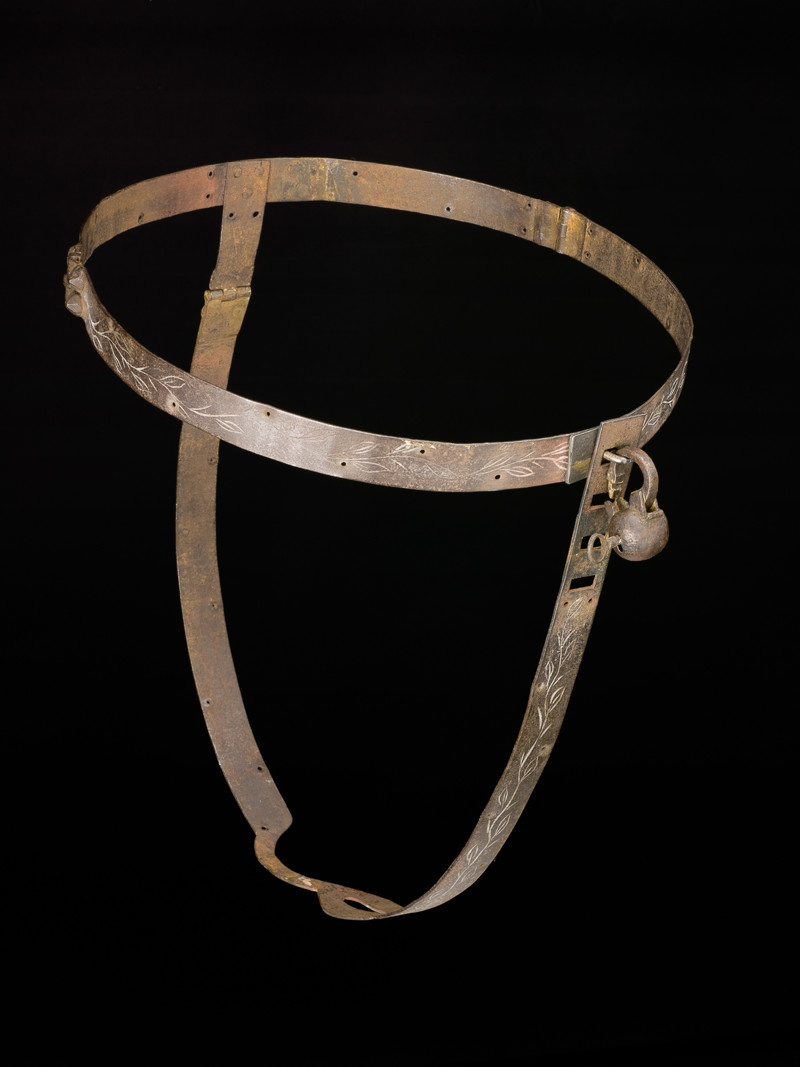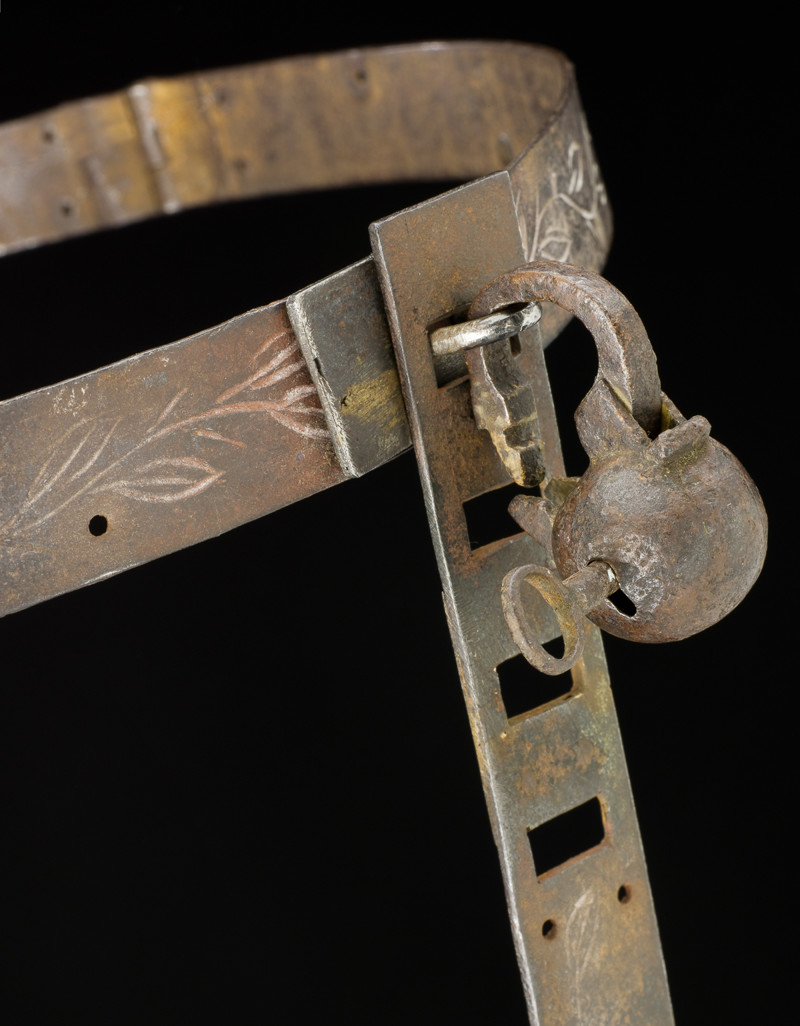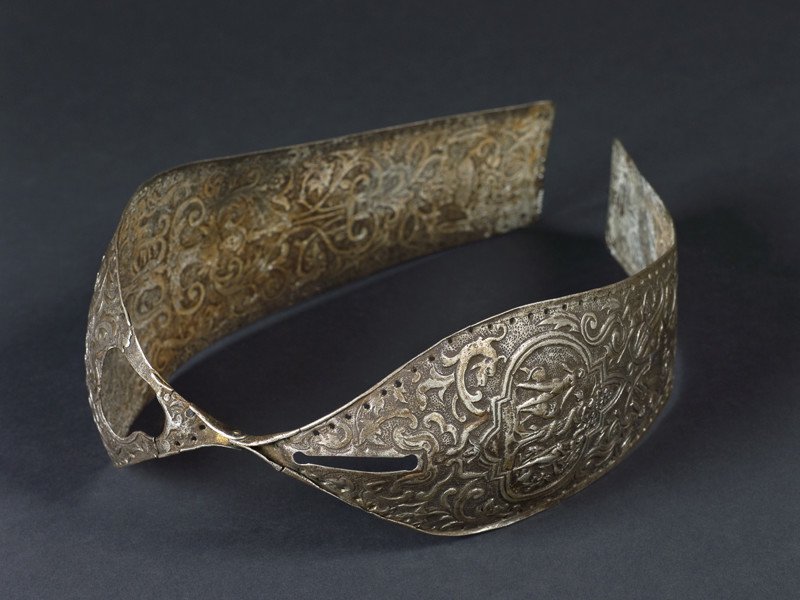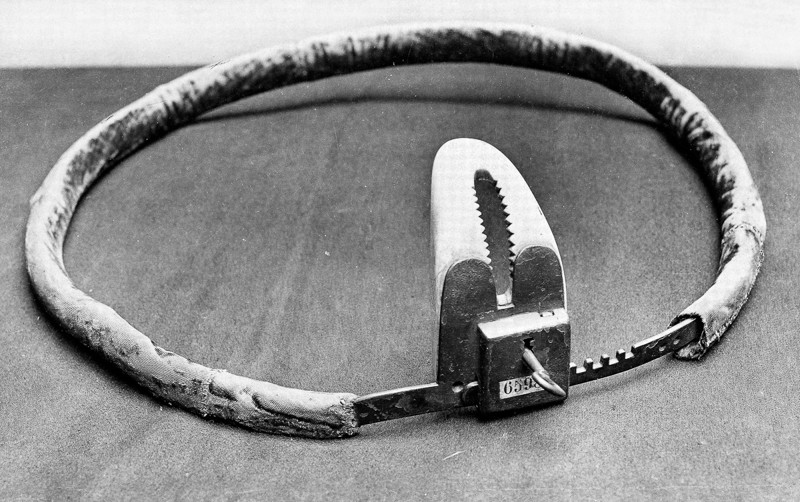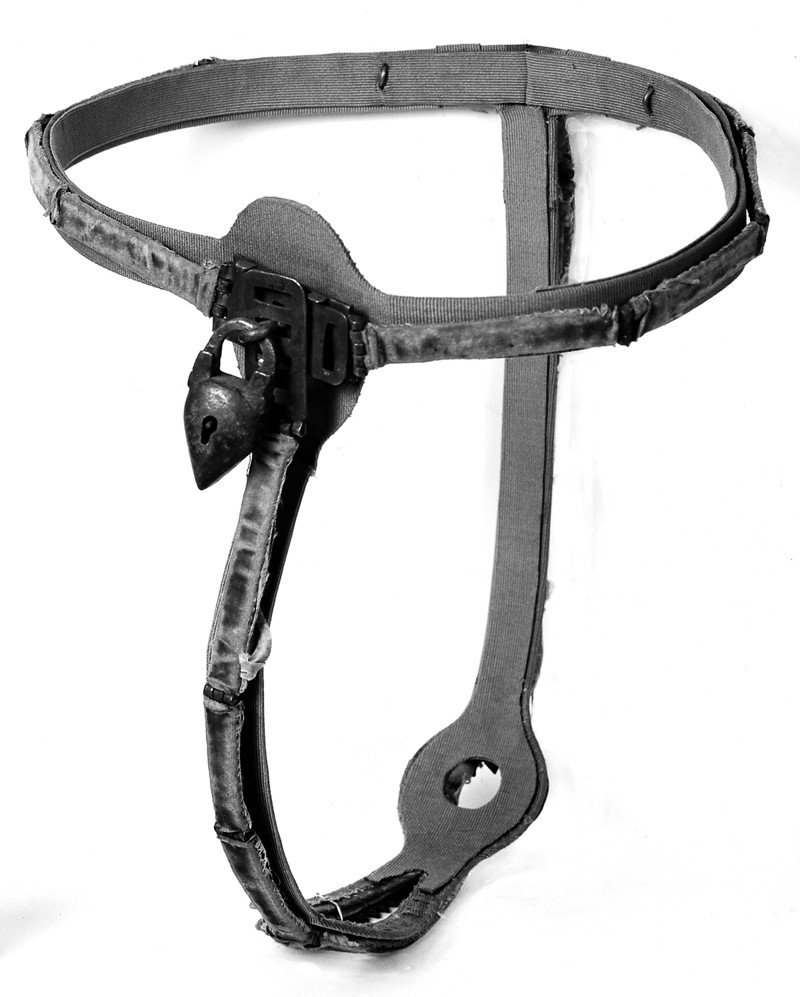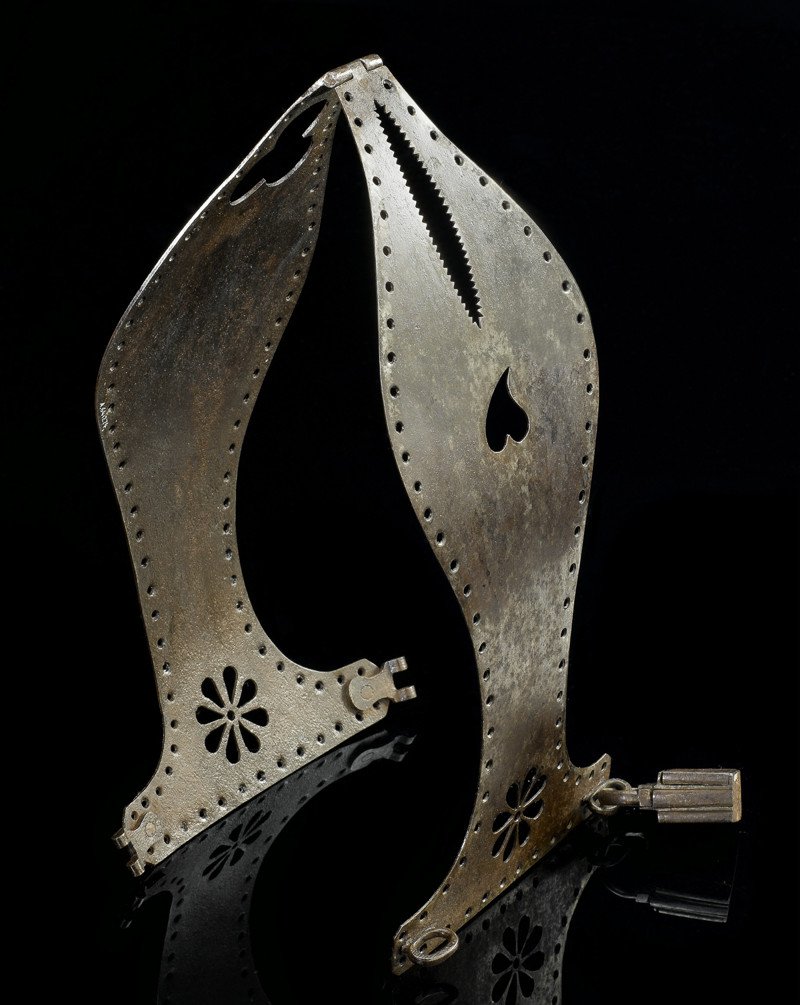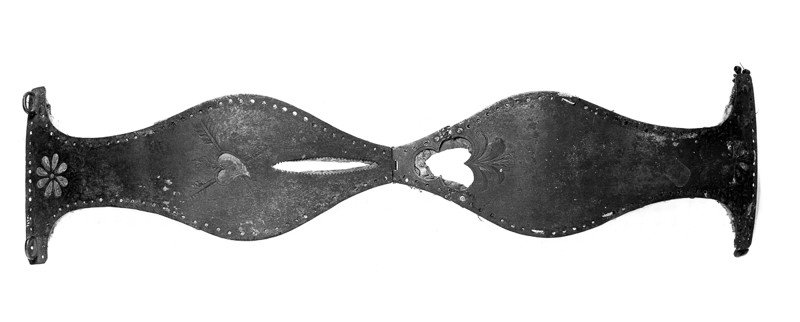Los cinturones de castidad siempre han sido objeto de controversia, pues mucha gente cree que su razón de ser era la de coartar la libertad sexual de la mujer, poniendo la llave en manos de su marido.
Y decimos llave de forma literal, ya que estas bragas fabricadas en hierro contaban con una cerradura que impedía que pudieran ser retiradas.
Descubre toda la verdad sobre este curioso objeto y su leyenda negra.
¿Mito o realidad?
Según el imaginario popular, cuando un hombre iba a la guerra o se asuentaba durante largas temporadas de su hogar, colocaba el cinturón a su mujer para asegurarse de que su honra se mantenía intacta.
Esto era posible gracias a su cerramiento rodeado de púas, lo que impedía que la mujer pudiera mantener cualquier tipo de encuentro sexual.
El aparato contaba con dos llaves: una que el marido portaba consigo y otra que quedaba a cuidado del sacerdote de la localidad. Ya que si el marido no regresaba a casa antes de cuatro años, el sacerdote estaría autorizados retirarlo y la mujer, considerada viuda, podría rehacer su vida.
La verdad sobre el cinturón de castidad
La culpa de su mala fama corresponde a un libro inglés que describía el cinturón como «una de las cosas más extraordinarias que los celos masculinos hayan realizado». Un aparato utilizado para asegurar la fidelidad en tiempos de las cruzadas.
Fidelidad y castidad no es lo mismo, y basta estudiar un poco el aparato para darse cuenta de que el uso descrito sería imposible.
Su gran volumen y peso impedían moverse con libertad, ni siquiera sentarse. Los cinturones estaban fabricados en metal y su uso se limitaba a unas horas o un par de días como máximo, pues causarían todo tipo de roces, llagas e infecciones.
Tampoco podían mojarse, y ya fuera por agua o sudor, se oxidaban y la bacteria del tétanos se hacia presente.
Las infecciones en el pasado no eran ninguna broma y, por ello, de usarse durante unas semanas (no digamos años), las mujeres morirían de septicemia.
Su verdadero uso
Al parecer, los citurones de castidad no eran un método de control, sino un instrumento de defensa utilizado por las mujeres de forma voluntaria.
El cinturón de castidad era utilizado principalmente por enfermeras y religiosas como defensa contra la violación en épocas de acuartelamiento de soldados, durante viajes y en estancias nocturnas en posadas.
Tampoco datan de la antigua Edad Media; de hecho, las primeras referencias literarias sobre este objeto pertenecen al Renacimiento (s. XV y XVI).
Por increíble que parezca, estos extraños objetos aún pueden comprarse en la actualidad, aunque hoy su uso es exclusivamente erótico y recreativo.
Fuente: wikipedia y fishki.net

